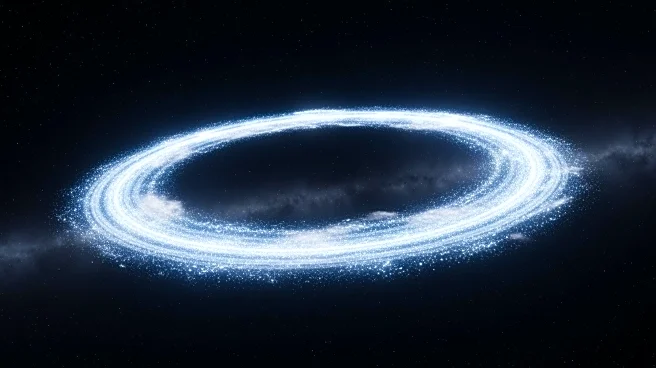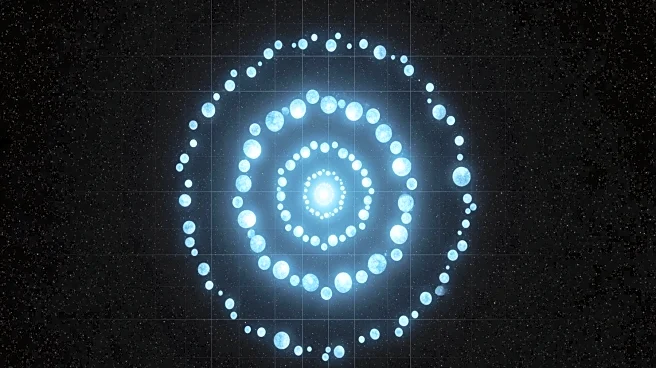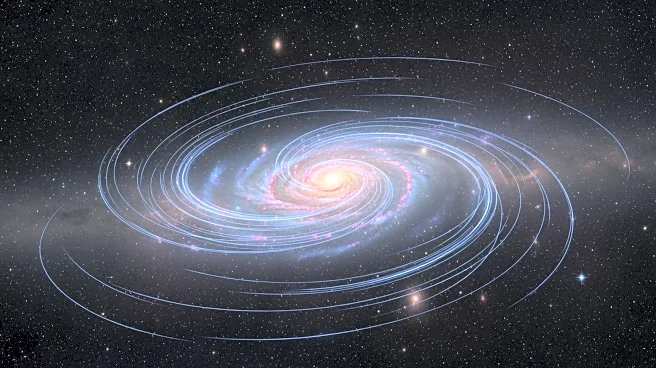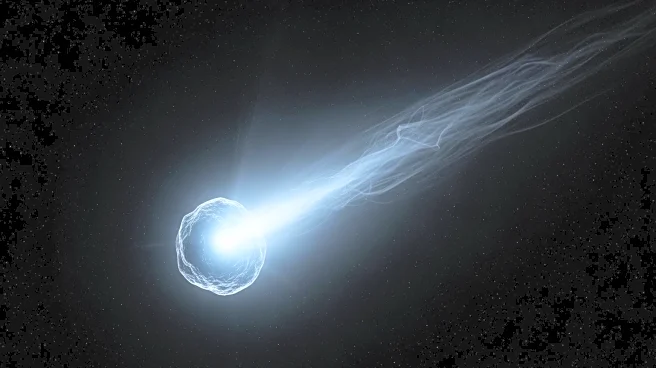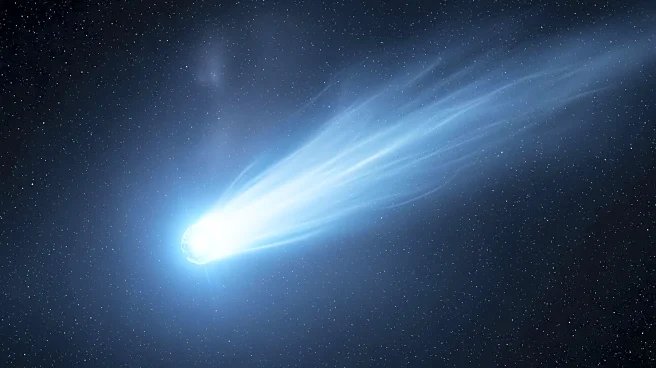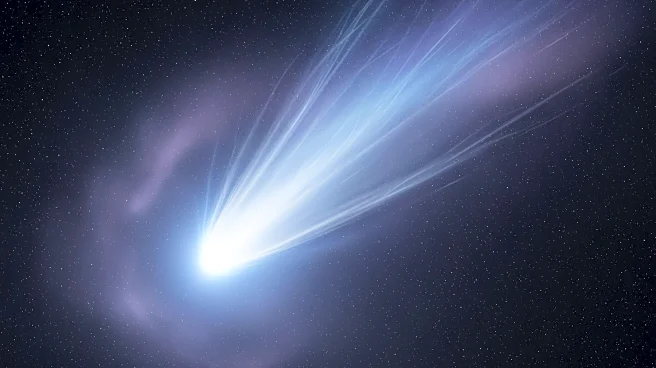What's Happening?
A team of astronomers led by Princeton University astrophysicist Amir Siraj has identified a new cluster of objects in the Kuiper belt, a region of icy bodies beyond Neptune. This 'inner kernel' is slightly
closer to the Sun than a previously discovered structure, and its objects' orbits are unusually aligned with the solar system's plane. The discovery could provide insights into the solar system's early history, including the migration of Neptune and the interstellar environments it has encountered. The Vera C. Rubin Observatory in Chile is expected to further investigate these objects, potentially identifying thousands more in the coming years.
Why It's Important?
The discovery of the inner kernel in the Kuiper belt is significant for understanding the solar system's formation and evolution. By studying these structures, scientists can learn more about the movements of giant planets and the conditions of the early solar system. This research could also shed light on the potential existence of larger objects, such as dwarf planets or even a massive planet, within the Kuiper belt. The findings may influence future astronomical studies and enhance our comprehension of planetary dynamics and interstellar interactions.
